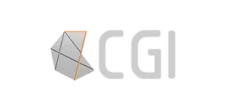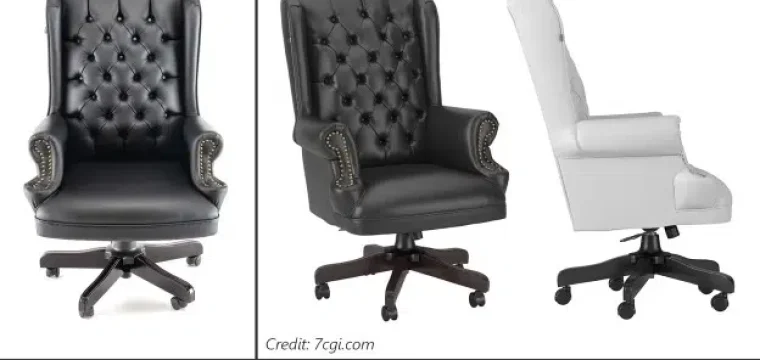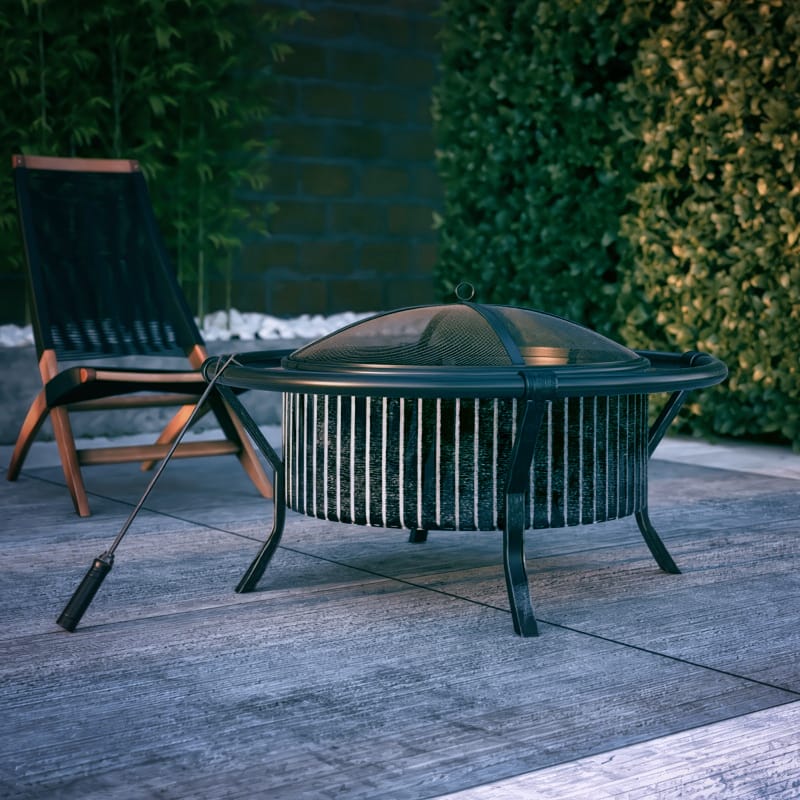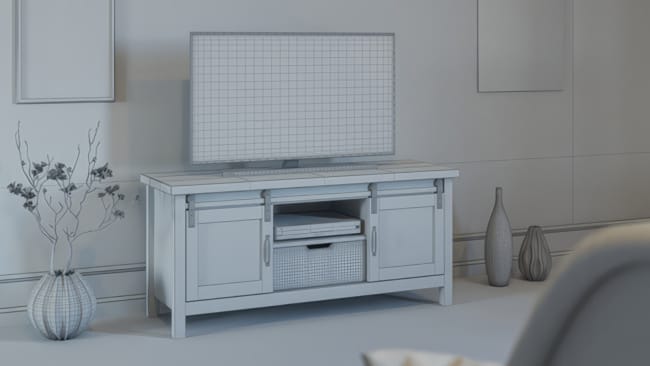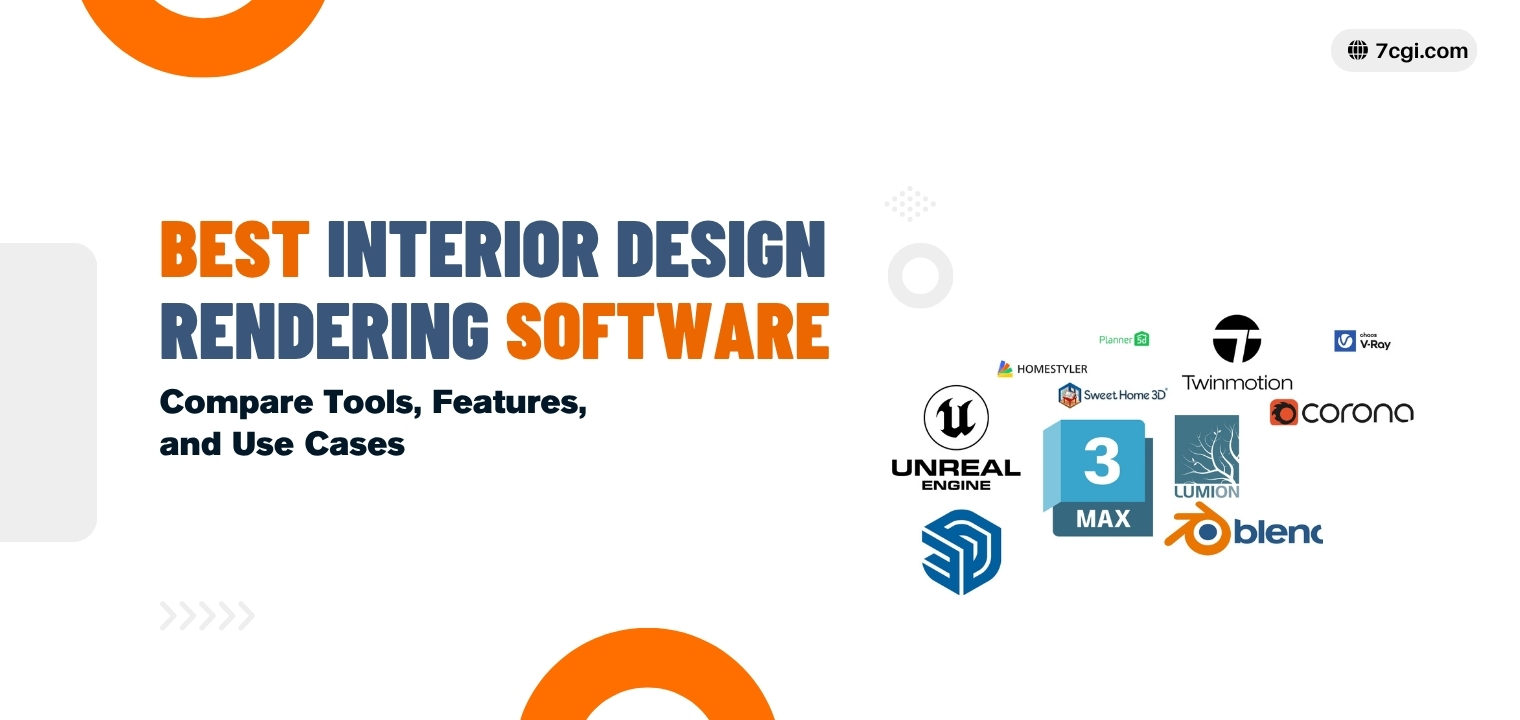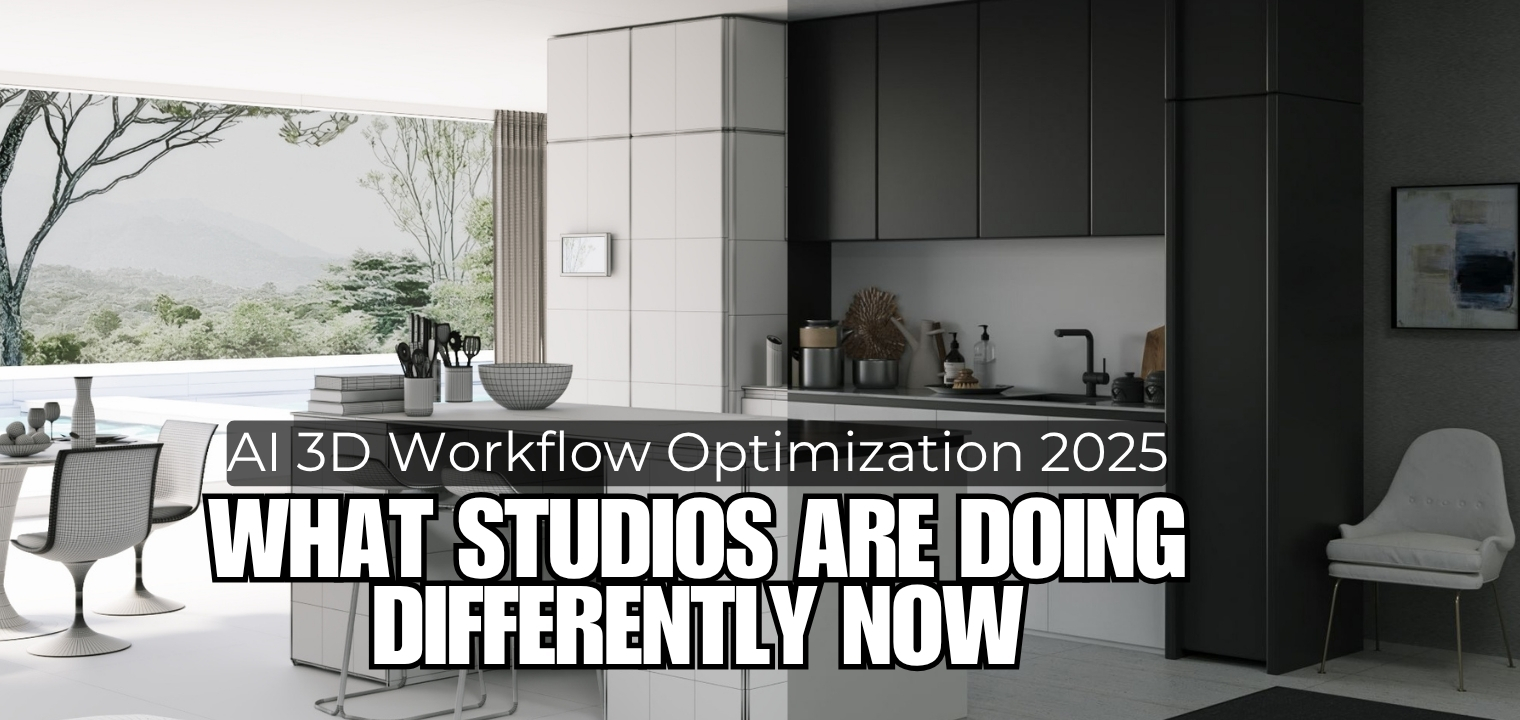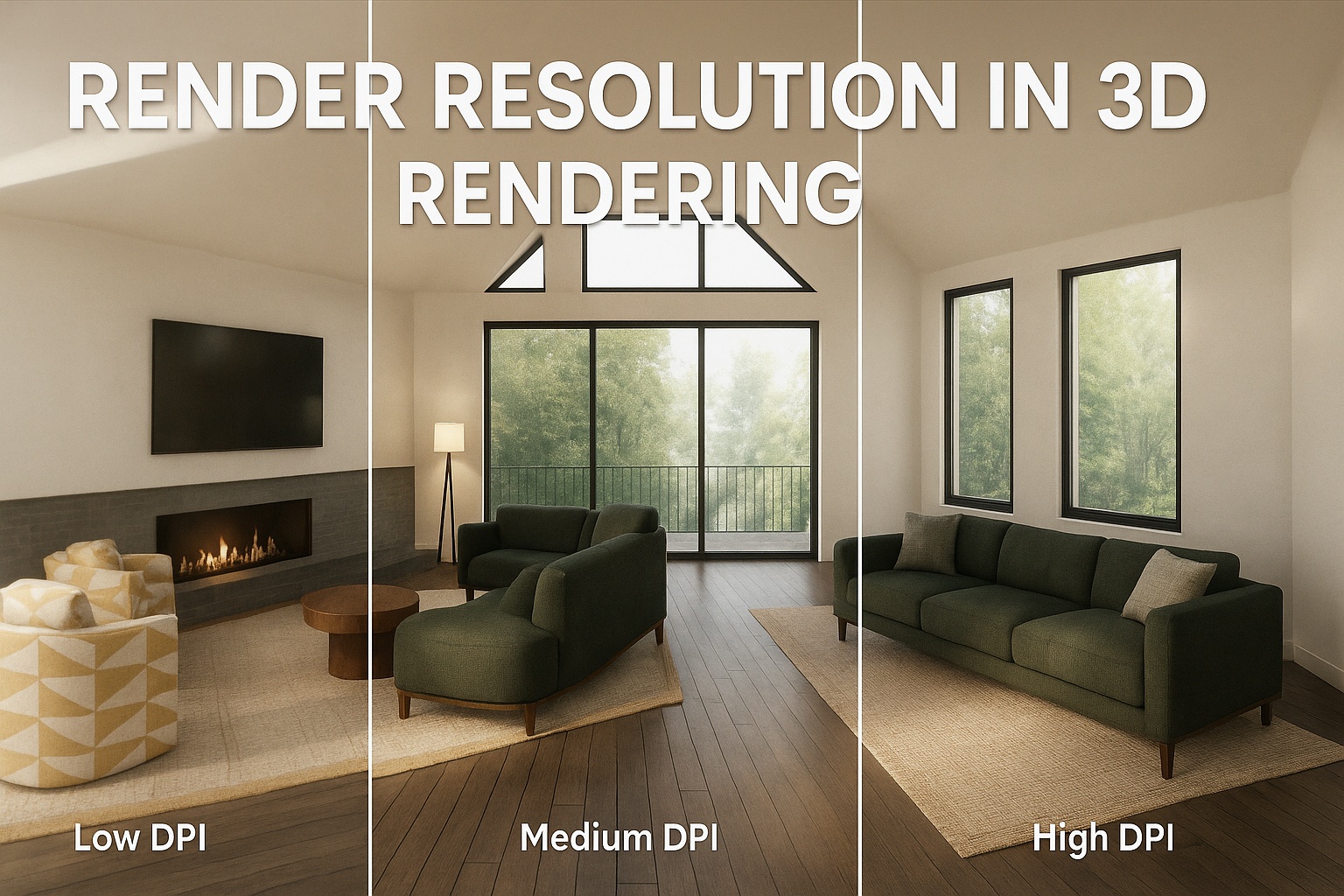Creating Engaging Content Beyond Camera Limitations
The saying “An image can tell a thousand words” is rightfully so popular. We understand images intuitively. They evoke emotions and create engagement. 3D Photorealistic Rendering services are taking that story further by producing content beyond the limitations of digital cameras. 3D photorealistic renderings are a fantastic way to increase the quality of your marketing materials, allowing you to stand out from your competitors and give customers a better visual experience of what your product or service looks like.
Today, Brands are taking advantage of this technology to create excellent marketing contents that would have been difficult or, in some cases, impossible to produce. In this post, we will talk about businesses leveraging this technology, how and why they are doing it, and how you can take advantage of it. Let’s get straight to the topic.
Photorealistic 3D Rendering is indistinguishable from photographs. 3D modeling and rendering tools are used to create whatever you want and the way you want it. The possibility is endless.
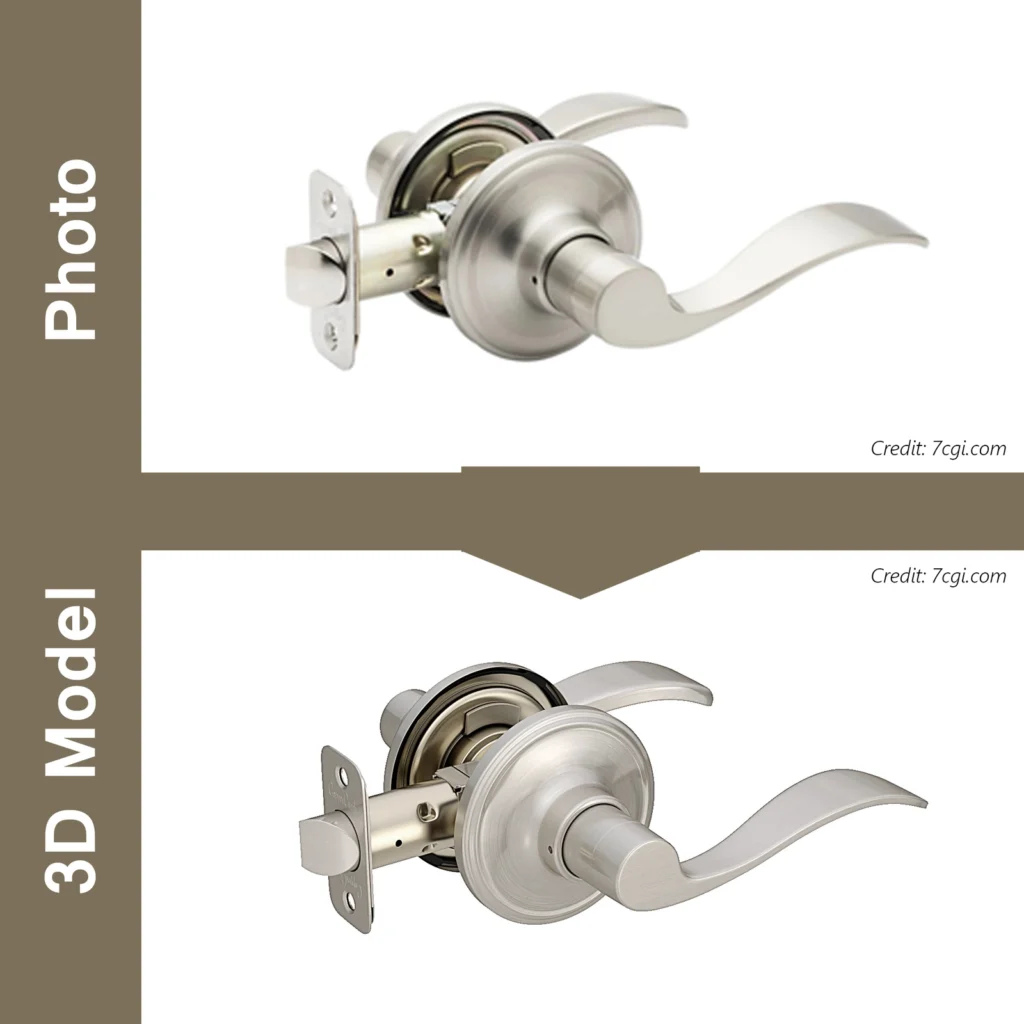
The above image is a side-by-side comparison between an actual photograph of a product and the 3D rendered version of that product. This image can be an example of a photorealistic 3D rendering because you can’t distinguish the difference even when put side-by-side.
Photorealistic 3D Rendering & 3D CGI in Different Industries:
Businesses that think progressively are using Photorealistic 3D Rendering to market their products or services. Since the Movie and gaming industries greatly depend on 3D photorealistic Rendering, we are not addressing these two sectors in this article.
1. Architecture & construction.
2. Real Estate.
3. Healthcare.
4. Manufacturing.
5. Medical Science and other Scientific Research.
6. Beauty product.
7. Clothing product.
8. Automotive.
9. Furniture industry.
10. Design industry.
These are the industries we at 7CGI have been serving over the last few years. Let’s see how these industries are using Photorealistic 3D rendering services.
Architecture & Construction:
Photorealistic renderings can be a great way to show potential clients or investors what the finished product will look like and help give them a better idea of what they are investing in. In the industry, these are called “Conceptual Rendering.” Almost every architecture today passes this conceptual rendering phase.
Only then does the project land into detailed CAD drafting and all the structural drawing phase. And then reach the construction phase. For large architecture, the construction team might want to have rendered images to ensure they are heading in the right direction. It reduces the chances of possible construction faults.
Real Estate:
Today, Photorealistic 3D renderings are a must-have in the Real Estate industry. Properties are being sold out even before the construction is finished. So the prospects must be able to see how their property will look when it is finished. Real Estate giants have a dedicated team for 3D Rendering. It is being produced at a nominal cost and yet creating a significant impact. Real Estate companies use 3D renderings to highlight the property’s specific features to draw as much attention as possible. If you want to see how massively the Real Estate giants use Photorealistic 3D Rendering for marketing their property, visit this link.
Medical Science and other Scientific Research:
When it comes to science, there is no shortage of wonders of breakthroughs and experiments. What if you could market those 3D models of cells, DNA, and other human structures in a virtual space for other like-minds to view and ponder? In the Medical Science industry, 3D renderings are used to Explain different medical conditions, helping create more awareness among the masses about how the human body works in certain situations.
Students can learn faster and gain more profound knowledge about a particular matter. It is imperative to see how Photorealistic 3D Rendering services contribute to Medical Science. An entire niche in the 3D rendering industry is called Medical animation. If you want to see Photorealistic 3D Rendering in action, Please watch this YouTube Video and drop me a message if you still don’t understand the terms explained in the animation. I will compensate you for your 4 minutes.
Scientists are writing books on how to use 3D software packages to create Photorealistic 3D renderings. One example can be “3D Scientific Visualization with Blender”. A book was written by Dr.Brian R. Kent a scientist at the National Radio Astronomy Observatory (NRAO).
Manufacturing:
Manufacturers use CAD software packages for 3D modeling. Those software packages can create 3D Rendering, but that won’t serve the purpose in many cases. CAD software is designed primarily for accuracy and functionality rather than aesthetic appeal and what looks good. Manufacturers use photorealistic 3D renderings to convince their prospects and to communicate proper color and materials before they send their CAD models for production. This reduces the communication gap between the members of different teams involved in the entire process.
Jewelry:
Photorealistic 3D Rendering is a savior in the Jewelry industry. Traditional Studio photography does not work as great for metals and diamonds. Today with the blessings of Photorealistic 3D Jewelry Rendering, the diamonds shine better and shimmer perfectly. Metals look perfect as we have more control over the studio lighting in the virtual studios that these pieces are rendered in.
Beauty Products:
If you are looking at an image of a beauty product that seems too appealing, chances are very high that the image is CGI and not a photo taken by a digital camera. Because Traditional jewelry photos do not look as good even after massive photo retouching work in Photoshop. And there is the redundant process involved. But with the help of 3D Rendering, it is simple. Create the photorealistic 3D model of the product and then do whatever you want with it. Your mind is the limit here.
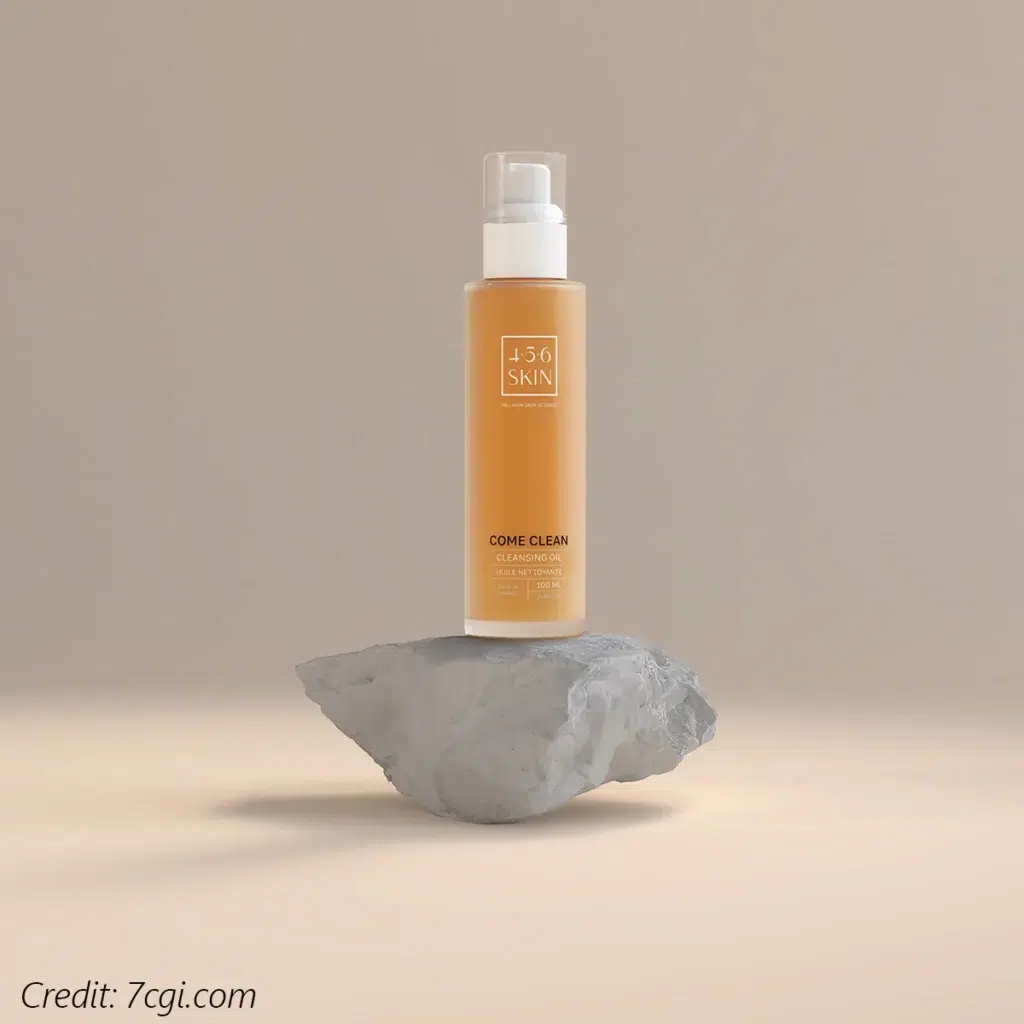

Clothing Product:
Have you ever come across a 3D dress shirt or suite configurator? Probably yes. These are created using photorealistic 3D rendering services. A configurator allows your customers to be the designer of their own dresses and receive orders. So, now you can get the order, produce the clothing, and send it to the customers. 3D modelling software like Clo3D and Marvelous designer are dedicated to the fashion and clothing industry. These software packages do not produce renderings but help in the process by creating 3D Models that are photo realistic.
Automotive:
Automotive companies do not want to see the imperfection of the real-world environment or lighting on their precious cars. The automotive industry is probably using only CGI imagery or photorealistic 3D renderings instead of photos. For example, if you go to luxury car brands’ websites, you will find that most images are created by 3D artists. That allowed them to be more surreal and artistic while simultaneously photorealistic. You will find that these look so great because of the creative freedom photorealistic 3D renderings offer. You may visit their Configurator to see how they allow their customer to experiment with colors, wheels, and rims. Thanks to 3D rendering technology.
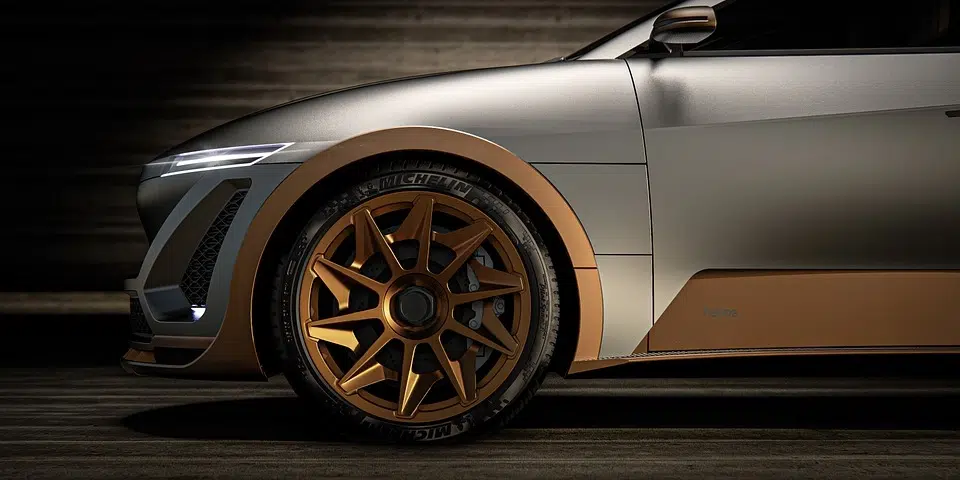
Furniture Industry:
Photorealistic 3D rendering services have revolutionized the furniture industry. I have dedicated an entire article to how they are doing it. If you want to explore it in detail, please read about our Furniture rendering here. At 7CGI, we have been working for the furniture brands the most. They build a photorealistic 3D model for each of their furniture pieces. They use these 3D models to create white background product catalog images, lifestyle renderings to show their product in use, and 360° product spinner videos to show it from all sides, sometimes to build a product configurator like the one in this video.
https://www.youtube.com/embed/68aUWLKoVgc
Design Industry:
Design means experimentation. And there is no better way to do it without the help of 3D rendering tech. Change colors, delete parts and add back and move around; it does not cost anything. A virtual model is always much easier to update if you decide to make changes or adjustments to your product design. Whether you are in the interior design industry or product brands, you would want to experiment with different possibilities while designing. Photorealistic 3D Rendering offers designers the flexibility they need to create groundbreaking products.
Should you try Photorealistic 3D rendering services too? Let’s see.
Does your business fit in any of the sectors mentioned above? If the answer is “yes,” then you have the answer. If you don’t start incorporating this tech, you will always miss out on an opportunity. It is also about establishing authority in the industry. Outstanding 3D Renderings can always help you stand out.
And if the answer is “No.” Then probably you don’t have a product. Or you don’t have a service that revolves around a product.
Conclusion:
Photorealistic 3D renderings are replacing traditional photography daily, offering photographers better control over what they want to achieve, speeding up the production process, and enriching the marketing material. If you name any industry leader brand, you will find out that they are taking advantage of the 3D Rendering technology. If you are in any of the industries mentioned above and would love to talk to an expert,
Please contact our 3D Rendering guru at [email protected]

